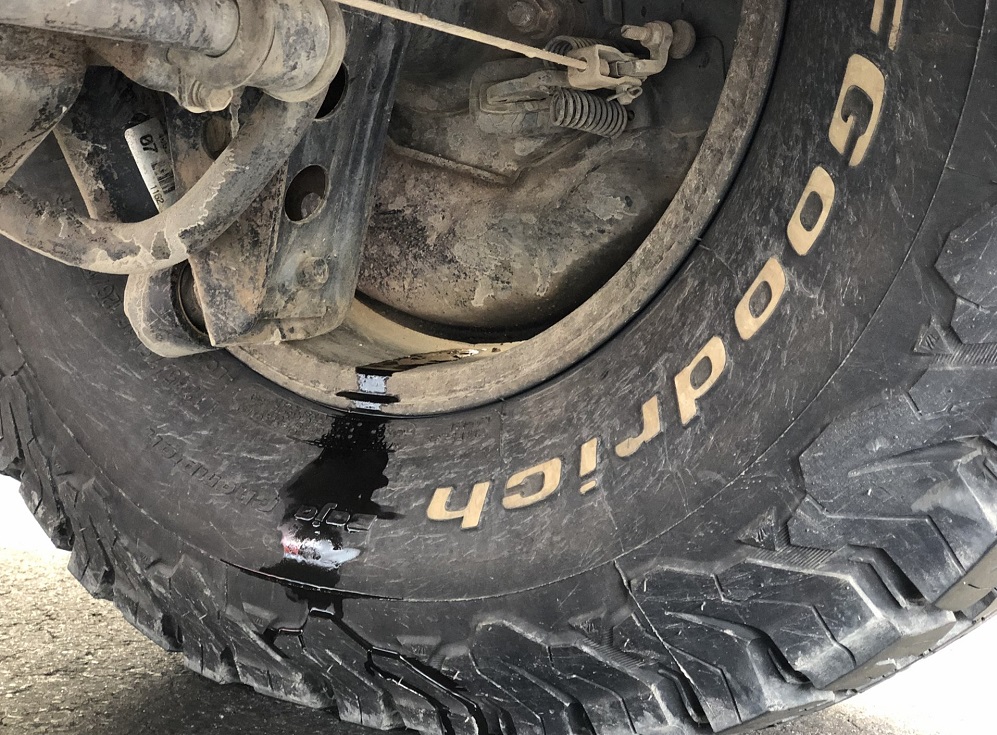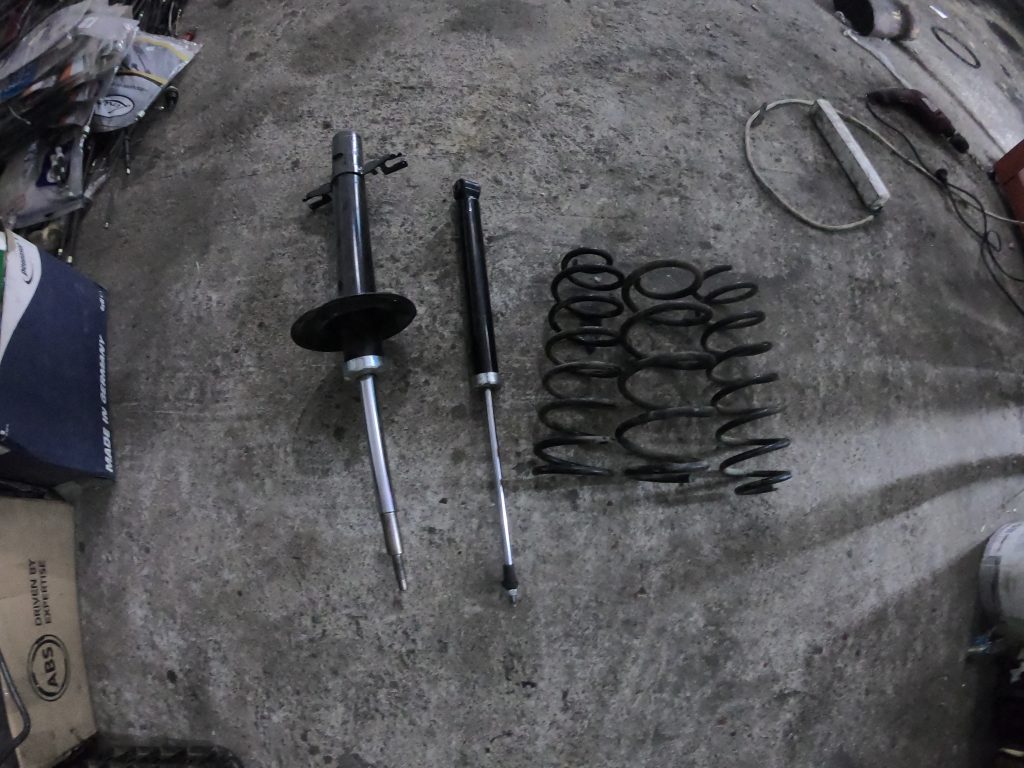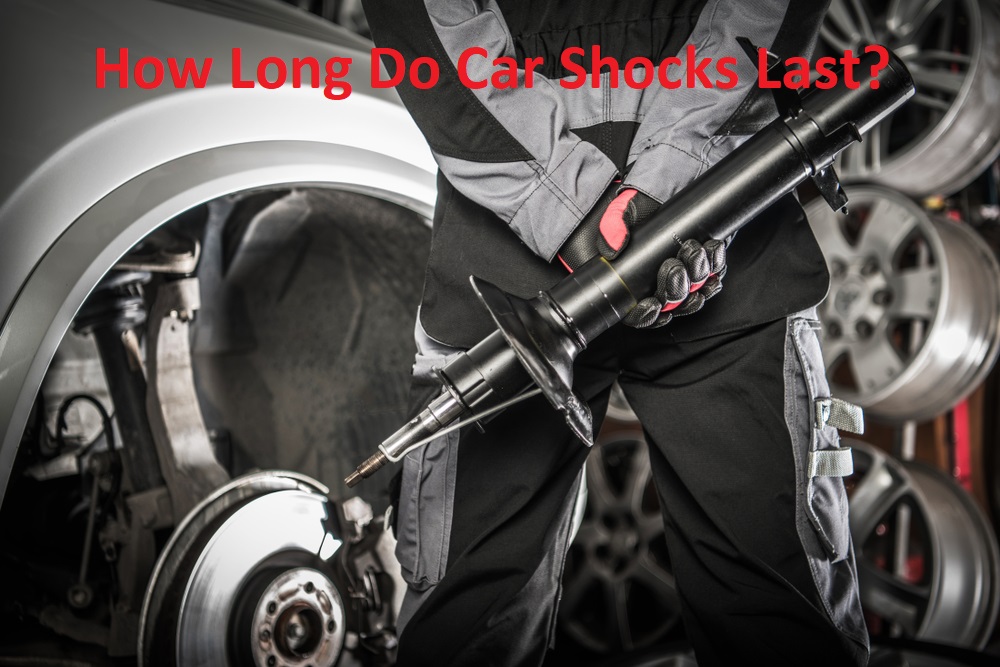The most responsible component for the existence of cars is the wheel. They have been the precursor for a lot of different inventions and cars have been one of the most advanced so far. A car wheel may seem like a simple component but it isn’t as simple as you think since it’s made from different kinds of parts.
Some of the more prominent parts are the tire, rim, and wheel hub. Inside the hub, there is a bearing and inside the bearing, there are bearing seals that play as crucial of a role as the bearings themselves. This is why they should be taken care of on a regular basis.
Wheel bearing seals should always be checked for leaks as the seals are made to prevent leaks in the first place. Apart from leaks, wheel bearing seals should be checked for other things such as punctures or any other type of damage. You should also inspect bearing seals for any looseness.
What Should Wheel Bearing Seals Be Checked For?
When it comes to wheel bearing seals, as we previously mentioned, there is one main issue to keep an eye out for: leaks! Keep in mind that there is a lot of oil inside the bearings to keep them working smoothly.
If you see visible leaks in a wheel seal or from the assembly, you should be concerned. In fact, there should never be any sign of oil leakage on the seals—not even a single drop is considered safe.
Why is the Wheel Bearing Seal the Most Crucial Component of the Wheel Bearing Kit? What’s Its Main Purpose?
A wheel bearing kit comes with a lot of components and hardware needed to install a new bearing. Alongside the circlips and split pins, the wheel bearing seal is one of the most important components in a wheel bearing kit as it keeps the grease from leaking and keeps everything else working well together.
In a way a wheel bearing seal keeps the wheel bearing working for longer and thus extending the lifespan of the entire wheel and not just the bearing.
Bad Wheel Bearing Seal Symptoms to Look After
Leaking

The best way to tell if you have a bad wheel bearing seal is to look out for leaks. The one thing you want to prevent from happening is the main symptom of a bad wheel bearing seal. When grease is leaking it means that the integrity of the seal has been compromised and you should replace it with a new one.
Noises
While this isn’t always a strong telltale sign that something is bad with a wheel bearing seal, noises can still happen because of a bad wheel bearing seal. Noises usually occur when the seal is broken or has come off which means that you’ll probably start to see the wheel bearing leaking.
Damage
Visible damage to the wheel seal itself is the most obvious sign that something is wrong with it. When you see that the bearing seals are damaged, it’s there, you don’t have to assume anything like you usually would when you hear noises from the tires.
How to Prolong The Lifespan of Wheel Bearing Seals
Driving
The best way to prolong the lifespan of your bearing seals is to learn how to drive more carefully. That way it doesn’t put a lot of stress on the bearings and thus the bearing seals too. Avoid braking abruptly and making sharp turns as they can put a lot of stress on the seals as well as the bearings.
Water & Mud
When it’s pouring outside and there is a lot of water and mud you need to drive through with care. Make sure you drive slowly through puddles and muddy areas or avoid them altogether. While the majority of bearing seals are able to hold up against water and mud splashes you can never know when a splash of either will be enough to compromise the seal.
Replacement
Regular and proper replacement of bearing seals will help you avoid spending more on bearings themselves. Make sure you always replace seals in pairs and that you grease them on a regular basis.
Heat
Both overheating and preheating are big proponents to reducing the lifespan of your bearing seals. Avoid exposing your bearing seals to hot oil baths or having them near a heating element be it in an enclosed or in an open area.
What Factors Cause Wheel Bearing Seals to Wear Overtime?
The main factors that cause your wheel bearing seals to fail and wear off are mainly deep water and mud. Other contaminants such as dust and road salt can affect the state of your wheel bearing seals just not as much as the former two.
How Often Should the Wheel Bearings Seals Be Replaced?
The majority of serviceable bearing seals require regular maintenance anywhere between 25,000 and 30,000 miles or at every brake service. These numbers can vary depending on how you drive your vehicle and the road conditions you drive it in the most.
Can You Drive with a Leaking Wheel Bearing Seal?
While driving with a leaking wheel bearing seal is theoretically feasible, it is not encouraged. If you have to drive with a leaky wheel bearing seal because of your condition, make sure the seal isn’t leaking as quickly.
Conclusion
So, a quick summary, what should wheel bearing seals be checked for? The major purpose for this is to keep a look out for any potential leaks. As small as some vehicle components may be, they still play an important role in keeping your vehicle working properly and safely.
Wheel bearing seals are one of those components that we often forget that they even exist because of how well they’re implemented. Keep your wheel bearings seals in good condition and they will keep you from spending a lot more than you need to keep your vehicle operational.





